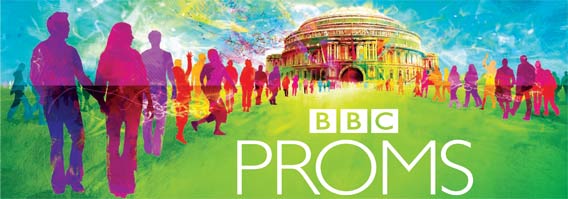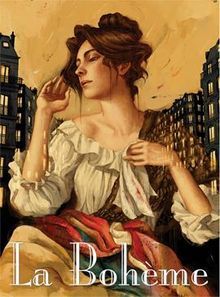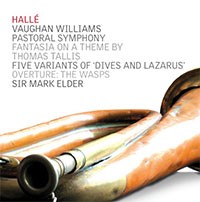The BBC Proms are in full swing in London. The annual summer series, featuring over 70 concerts at Royal Albert Hall, has been a magnet for music lovers since 1895 when the British Empire stretched across the globe. It’s a joyful and inclusive cultural event that wipes away any hint of pretension. In addition to reserved seating, inexpensive standing-room tickets are sold, inspiring one conductor to describe the Proms as, “the world’s largest and most democratic music festival.”
On September 12, the festival culminates with the iconic Last Night of the Proms, a unique event which blends stately British pomp and circumstance with the noisy, boisterous atmosphere of a slightly rowdy party. Here is a clip of Sir Edward Elgar’s arrangement of Charles Hubert Hastings Parry’s patriotic hymn, Jerusalem (a setting of the poem by William Blake), from the 2012 Last Night of the Proms.
A few weeks ago, Sir Mark Elder and the Hallé Orchestra presented an exhilarating performance of Elgar’s Second Symphony at the Proms. Before each movement, in the clip below, Elder outlines the work’s autobiographical origins. Completed in 1911, the Symphony is outwardly dedicated to King Edward VII, who died the previous year. Elgar’s close friend and confidant Alice Stuart-Wortley and the death of another friend, Alfred E. Rodewald, seem to have provided deeper inspiration. In the score, Elgar makes a passing reference to Tintagel on the rugged coast of Cornwall in Southwestern England. It’s a location which similarly inspired Arnold Bax (1883-1953) to write this tone poem. The other significant extramusical reference in the score is a quote from Song, one of Shelley’s final poems, written in 1822:
Rarely, rarely, comest thou, Spirit of Delight!
Wherefore hast thou left me now
Many a day and night?
Many a weary night and day
‘Tis since thou art fled away.
These are all interesting autobiographical details…clues to what was going on in Elgar’s mind as he wrote the Second Symphony. But put all of this aside, and you have pure music that stands on its own without a program. In the end, these details are not what make this music truly great.
Elgar’s Second Symphony is constructed with small motivic cells which seem to be restlessly and persistently searching for a way forward. These musical building blocks combine to create music which unfolds over the long arc of time. Dense chromatic harmony occasionally teeters on the edge of losing a tonal center. It’s a celebration of orchestral virtuosity, regal English majesty, and upward sonic sweep. The end of the first movement almost seems to take flight. But there are also moments where we suddenly find ourselves in a haunting and more intimate landscape. These unguarded, and sometimes troubling, glimpses of truth seem always to be lurking beneath the surface. The calm repose at the conclusion of the final movement is one of these moments. It’s not the triumphant climax we might have been expecting, but it’s the only way this symphony could have ended.
[ordered_list style=”decimal”]
- Allegro vivace e nobilmente 2:27
- Larghetto 21:55
- Rondo 38:05
- Moderato e maestoso 48:46
[/ordered_list]
https://www.youtube.com/watch?v=mV005ClT2cE
[unordered_list style=”tick”]
- Find the Hallé Orchestra’s recent recording of Elgar’s Second Symphony, conducted by Sir Mark Elder on Amazon.
- Find the Hallé Orchestra’s classic recording, conducted by Sir John Barbirolli on iTunes.
[/unordered_list]






